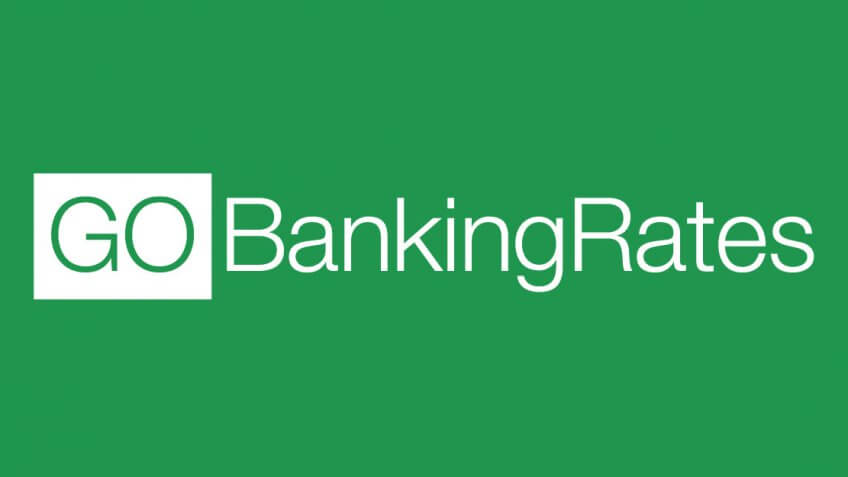How Much Will the Average American Be Adding To Their Savings in 2025?

Commitment to Our Readers
GOBankingRates' editorial team is committed to bringing you unbiased reviews and information. We use data-driven methodologies to evaluate financial products and services - our reviews and ratings are not influenced by advertisers. You can read more about our editorial guidelines and our products and services review methodology.

20 Years
Helping You Live Richer

Reviewed
by Experts

Trusted by
Millions of Readers
Saving more money is a common New Year’s resolution, but how many Americans will actually be doing it? A recent GOBankingRates survey of over 1,000 Americans shed some light on how much Americans plan to add to their savings in the coming year — if anything.
Here’s a look at the results.
Americans Are Optimistic About Growing Their Savings Account Balances
The survey asked how optimistic Americans are that they will be able to add more than $2,000 to their savings account balance over the next year, and many responded positively — 38% said they are “extremely optimistic” and an additional 27% said that they are “somewhat optimistic.”
Older Gen Zers and millennials are the most optimistic about growing their savings this year, with 46% of Americans ages 25 to 34 feeling “extremely optimistic” that they will be able to add more than $2,000. Boomers are the least optimistic, with 22% stating that they don’t think they will be able to add anything to their savings this year.
The Largest Portion of Americans Believe They Will Save $500 to $1,000
The survey also asked how much Americans anticipated they will add to their savings account this year, and the largest portion (22%) said they believe they will add between $500 and $1,000 to their account balances. That was closely followed by $1,000 to $3,000 (21%) and less than $500 (21%). Smaller percentages believe they will add $3,000 to $5,000 (10%) and over $5,000 (11%).
Some Americans are also planning for their savings account balances to decrease in 2025 — 14% said they anticipate that they will need to dip into savings to pay for expenses.
Older Gen Zers and millennials are the most likely to be adding a significant amount to their savings this year, with 13% of Americans ages 25 to 34 planning to increase their account balance by more than $5,000. On the other hand, Gen X is the most likely to add less than $500 to savings, with 26% of Americans ages 45 to 54 anticipating that their balances will increase by less than $500 this year.
Boomers are the most likely to dip into savings to pay for expenses, with 19% of Americans ages 65 and older expecting that they will withdraw from their savings account this year.
How Much Should You Aim To Add To Your Savings This Year?
The appropriate amount to add to your savings in 2025 will depend on your own unique circumstances.
“There is no cookie-cutter way of deciding how much you should save,” said Kelly Renner, CFP, financial advisor and owner of Life Strategies Financial Partners. “A good rule of thumb is to save 15% between investments for retirement and emergency fund savings.”
For someone earning the average salary — $66,622, according to the latest Social Security Administration data — that means roughly $10,000 should be allocated for savings this year.
Building a robust emergency fund should be your top priority if you do not yet have one in place.
“The first step is to determine your absolute expenses — non-negotiables, rent/mortgage, food, insurance, liabilities, etc.,” Renner said. “Once this amount is calculated, I suggest setting aside a minimum of three months of this amount as emergency savings — preferably six months if you have a single income versus dual.”
Steve Sexton, CEO of Sexton Advisory Group, said you may need to contribute more than 15% of your income to savings if you don’t currently have an emergency fund.
“I would recommend an aggressive approach to saving for your emergency fund if there isn’t already one in place and encourage people to allocate more than 15% of their monthly income to this bucket until it is fully funded,” he said.
To grow your savings quicker, consider utilizing a high-yield savings account.
“A high-yield savings account can be more effective in helping your savings grow by earning more interest than a traditional savings account, which is why I often recommend considering this as an option to store your savings,” Sexton said.
Once your emergency fund is built, focus on funneling savings into retirement accounts.
“The next step is to focus on saving enough to take full advantage of any employer matches if they are available,” Renner said. “To start, you should aim to save 10% to 15% of your income and gradually increase it by 1% every quarter until you notice a significant impact on your budget.”
Renner recommends putting funds into retirement accounts rather than savings accounts once you have an emergency fund in place.
“Retirement accounts are a great way to save and usually have some tax perks,” she said. “The overall goal is to get your money to work for you through compound interest.”
More From GOBankingRates
 Written by
Written by  Edited by
Edited by 

























